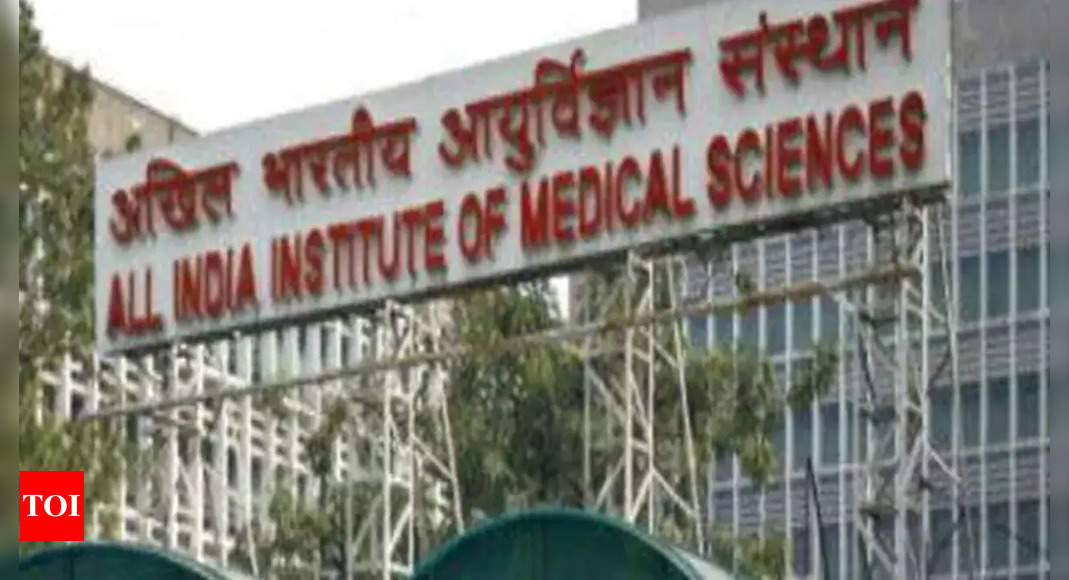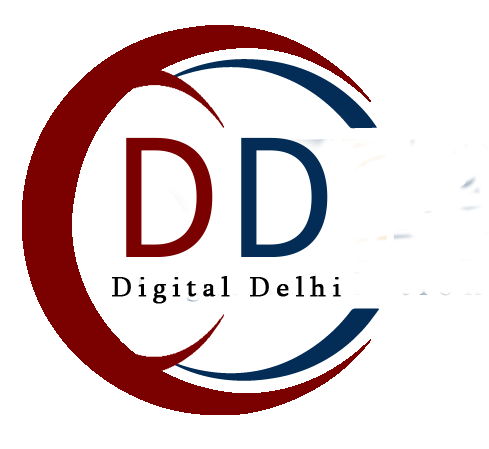NEW DELHI: AIIMS Delhi has achieved a new feat by becoming the first hospital in the country to successfully create a new forearm of a 27-year-old patient. With multiple levels of surgery, the whole process took three years to complete. In November 2019, a left-handed factory worker from Saharanpur in Uttar Pradesh came to the hospital at 5am. His left forearm was completely crushed by a hydraulic pressing machine. While the injury was approximately 5cm distal to the elbow joint, all the way to the wrist crease involving skin, soft tissue, nerves, muscles and bones, the hand was relatively undamaged. The plastic surgery team led by Dr Maneesh Singhal assessed the patient’s condition and realised it was a very complicated case. Injuries to the forearm with an uninjured hand pose a unique problem where replantation of the hand is not possible since the forearm is completely damaged. “In such cases, surgeries are possible if the patient is brought within six hours of the accident. Luckily, the man was brought within time,” said Singhal, head of plastic, reconstructive and burns surgery department. There are usually two options, either the patient is given a prosthetic arm or the functioning part (the palm in this case) can be attached to the arm after removing the damaged part. But the latter option would have shortened the length of the hand. The team, therefore, decided to go ahead with reconstruction of the forearm and reattach the palm. The first step was to remove the palm from the damaged hand and the crushed part was cut off. Then the elbow wound was sutured back. The next step was to attach the palm with another body part. The doctors ectopically attached it to the left leg near the ankle. “We need to maintain sensation and continuity of the palm, so it was placed on the leg. If it had been placed in any other body part, it would have lost sensation. When the hand was again placed back, we took the same nerves of the left leg. Also, it was easy to find the bones in the leg to attach the palm temporarily. We chose the leg as there are extra nerves and blood vessels and muscles near the calf muscles,” said Dr Raja Tiwari from the plastic and burns surgery department. For creating the new forearm, the doctors took two tissue units from the legs. The first one was a free fibula bone flap taken along with functioning muscles and nerves of the leg. The second one was a functioning thigh muscle, nerve and skin unit. The final step was detaching the ectopically banked palm from the leg and reattaching it to the new forearm unit followed by tendon and nerve repair. “There are arteries, veins and tendons that connect to the fingers with muscles. There was no problem for the brain to command and control the movements of the hand. It’s just that the power of the muscle weakens,” said Dr Shivangi Saha from the surgery team. The patient can now use keys, hook objects to lift, grasp a bottle to drink water and have good elbow strength. He can hold large objects with the left hand. He can stabilise a pen between fingers and the thumb and write using the proximal muscles. “Another challenge for us was follow-up during the pandemic. We conducted a tele-rehabilitation programme during the lockdown,” noted Singhal. Faculty members Dr Shashank Chauhan and Dr Suvashis Dash from the department of plastic surgery and Dr Samarth Mittal and Dr Sulagna from the orthopedics and anaesthesia departments, respectively, were members of the team. The physiotherapy team, which had a critical role to play in this case, was led by Dr Misha. Dr Lokesh Kashyap, head of anaesthesia, critical care and pain medicine department said such challenging surgeries required a combination of regional and general anaesthesia along with optimal pain management.
Source: https://timesofindia.indiatimes.com/city/delhi/in-a-first-aiims-delhi-constructs-new-forearm-after-operations-over-3-years/articleshow/93415711.cms

